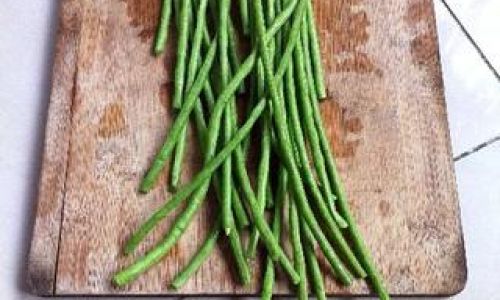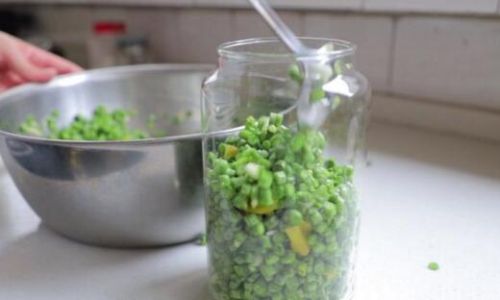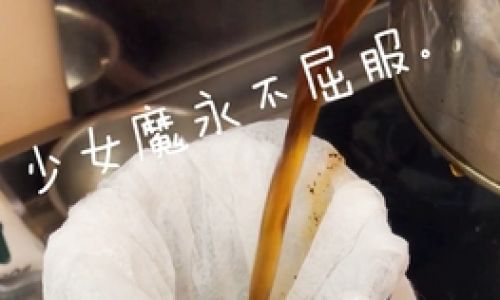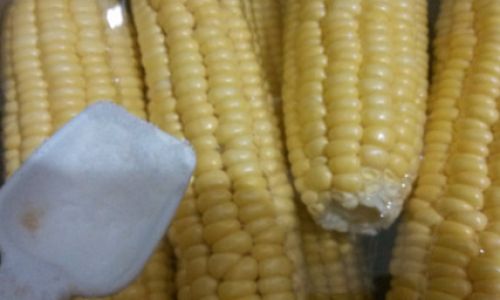Table of content
Pickling cowpeas, also known as long beans or yardlong beans in some regions, is a time-honored tradition that preserves the fresh, vibrant flavor of summer produce for enjoyment throughout the year. This culinary art not only extends the shelf life of cowpeas but also enhances their taste through the addition of various spices, vinegars, and brines. Whether you’re a seasoned preserver or new to the world of fermentation, mastering the method of pickling cowpeas can add a delightful twist to your culinary repertoire. In this comprehensive guide, we’ll delve into the intricacies of selecting the perfect cowpeas, preparing them for pickling, crafting the brine, and ensuring successful fermentation. By the end, you’ll be equipped with the knowledge and skills to create your own jar of tangy, crunchy pickled cowpeas.
Choosing the Right Cowpeas
The first step in pickling cowpeas is selecting high-quality beans. Freshness is paramount, as it ensures a better texture and flavor once pickled. Look for cowpeas that are firm, bright green in color, and free from blemishes or soft spots. Avoid beans that are wilted, yellowing, or have any signs of mold. Ideally, source your cowpeas from a local farmer’s market or a trusted grocery store that stocks fresh, seasonal produce.
Preparation: Cleaning and Trimming
Once you’ve gathered your cowpeas, it’s time to prepare them for pickling. Begin by rinsing them thoroughly under cold running water to remove any dirt or debris. Pay close attention to the ends of the beans, where dirt can often accumulate. After rinsing, trim the stems and tips of each cowpea. This step is crucial as it not only enhances the aesthetic appeal of your pickled beans but also ensures a cleaner final product.

Blanching: Preserving Texture and Color
Blanching is a vital step in the pickling process as it helps retain the vibrant green color and crisp texture of the cowpeas. Fill a large pot with water and bring it to a rolling boil. Add a generous amount of salt (about 1 tablespoon per gallon of water) to the boiling water. Carefully submerge the cowpeas in the boiling water and blanch for about 2-3 minutes. Use a slotted spoon or strainer to remove them from the water and immediately plunge them into an ice bath to stop the cooking process. This rapid cooling prevents overcooking and preserves the desired texture.
Drying: Removing Excess Moisture
After blanching and cooling, lay the cowpeas out on clean kitchen towels or paper towels to dry completely. Removing excess moisture is essential as it prevents dilution of the brine and ensures a better fermentation process. Pat the beans gently with a clean cloth if needed to speed up the drying process. Ensure they are thoroughly dry before proceeding to the next step.

Crafting the Pickling Brine
The brine is the lifeblood of pickled cowpeas, providing the necessary environment for fermentation and flavor development. There are various brine recipes, each offering a unique twist on the classic pickled bean. A basic brine consists of vinegar, water, salt, and sugar, with optional spices for added complexity.
Basic Brine Recipe:
- Ingredients:
- 2 cups distilled white vinegar (5% acidity)
- 2 cups water
- 2 tablespoons pickling or kosher salt
- 2 tablespoons sugar (optional, for balance)
- 1 teaspoon whole mustard seeds
- 1 teaspoon whole black peppercorns
- 1 dried red chili pepper (optional, for heat)
- 1 clove garlic, thinly sliced
- 1 small onion, thinly sliced
Instructions:
- In a medium saucepan, combine the vinegar, water, salt, and sugar (if using). Heat until the salt and sugar are completely dissolved.
- Add the mustard seeds, peppercorns, chili pepper (if using), garlic, and onion. Allow the mixture to simmer for about 5 minutes to infuse the flavors.
- Remove from heat and let the brine cool to room temperature.
Packing the Jars
Choose clean, sterile glass jars with tight-fitting lids for pickling. Ensure the jars are free from any cracks or chips that could compromise their seal. Start by packing the dried cowpeas tightly into the jars, leaving about half an inch of headspace at the top. Pour the cooled brine over the beans, ensuring they are fully submerged. This is crucial to prevent mold and ensure proper fermentation.

Fermentation and Storage
Seal the jars tightly and place them in a cool, dark place where temperatures remain consistent between 65°F and 75°F (18°C and 24°C). Check the jars daily for the first week to ensure no mold has formed and to release any built-up pressure. After the initial week, you can reduce the frequency of checks to once or twice a week.
Fermentation can take anywhere from 2 to 4 weeks, depending on your preferred level of tanginess. Taste-test periodically to monitor the progress. Once the cowpeas have reached your desired level of sourness, refrigerate the jars to slow further fermentation. Properly pickled cowpeas can be stored in the refrigerator for several months.

Troubleshooting and Tips
- Mold Prevention: If you notice mold on the surface of the brine, carefully skim it off with a clean spoon. As long as the beans themselves are not moldy, the pickling process can continue. However, if mold penetrates the beans, discard the entire jar.
- Bubbles and Pressure: During fermentation, bubbles may form and the jars may slightly bulge. This is normal and indicates active fermentation. Burp the jars by gently loosening the lids to release pressure.
- Flavor Adjustments: Feel free to experiment with different spices and herbs to suit your taste preferences. Bay leaves, dill seeds, and coriander seeds are excellent additions.
Conclusion
Pickling cowpeas is a rewarding culinary endeavor that combines the art of preservation with the joy of creating unique flavors. By following these steps—from selecting the perfect beans to crafting a flavorful brine and monitoring the fermentation process—you can enjoy tangy, crunchy pickled cowpeas year-round. Whether enjoyed as a side dish, incorporated into salads, or used as a topping for tacos and burgers, pickled cowpeas offer a versatile and delicious way to preserve the bounty of summer. Happy pickling!






0 comments